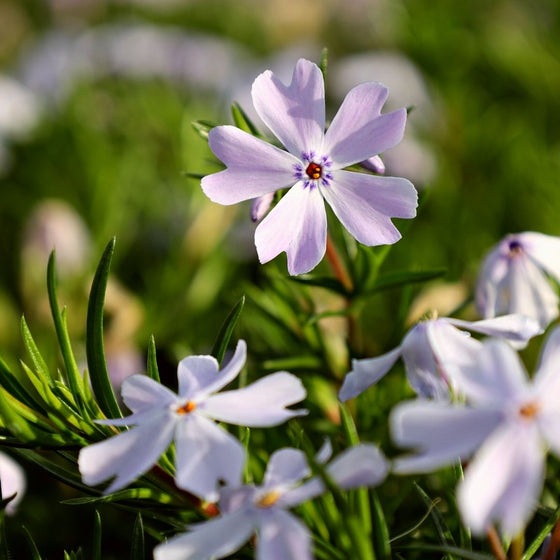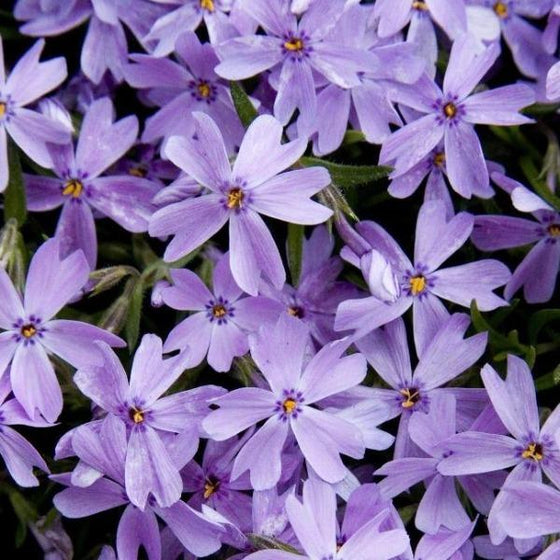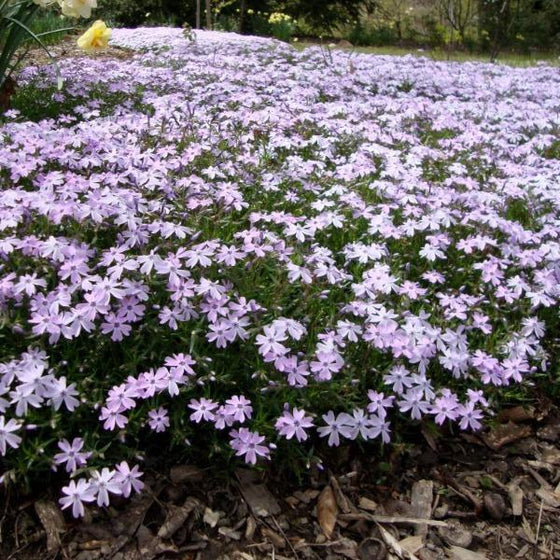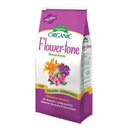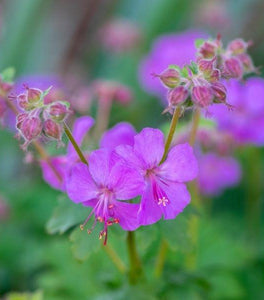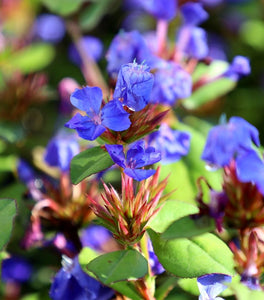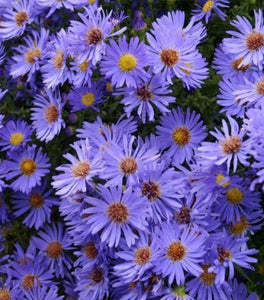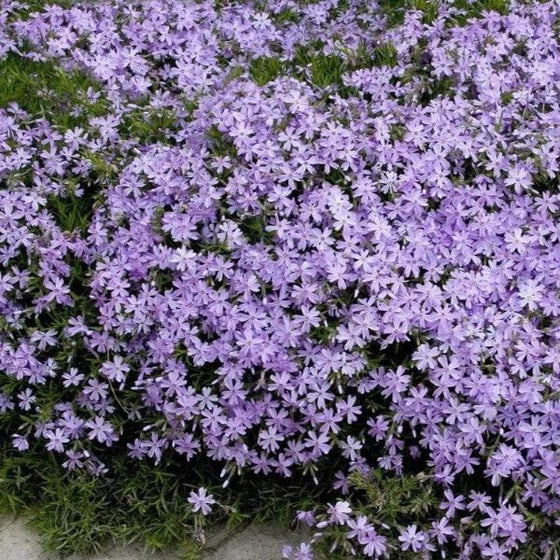
Images Depict Mature Plants
Creeping Phlox Emerald Blue Plants for Sale Online
It's rare to find such a vigorous source of blue in a ground cover. A notorious dweller on the edges of rocky embankments, Phlox Emerald Blue, is just that.
The mass of deep blue flowers and evergreen foliage spreads over curbs and short retaining walls or amidst rocky outcroppings. This perennial is an ideal cover plant for hard edges of dry streambeds or rock waterfalls.
Phlox Emerald Blue is equally at home in front of a traditional flower border or planted along the edges of flagstone walkways.
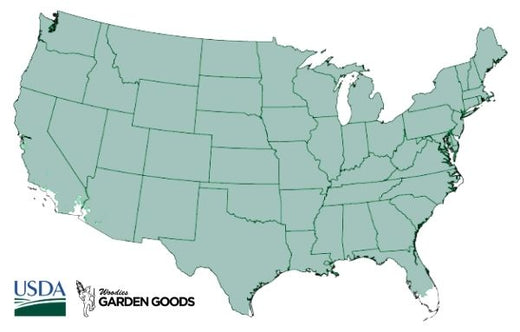
| Hardiness Zone: | 3-9 |
|---|---|
| Mature Height: | 4 to 6 Inches |
| Mature Width: | 18 to 24 Inches |
| Classification: | Perennial |
| Sunlight: | Full sun |
| Habit: | Creeping |
| Flower Color: | Deep blue |
| Flowering Season: | Early to late spring |
| Foliage: | Green, needle shape |
| Soil Condition: | Prefers dry, average or sandy soil |
| Water Requirements: | Water well until established |
| Uses: | Mass planting, ground cover |
How to Care for Phlox Emerald Blue
Before you buy a Creeping Phlox Emerald Blue Plant, make sure to read about the recommended care instructions to keep this plant healthy and thriving.
How do you mulch Phlox Creeping Emerald Blue?
We highly recommend that you mulch your ground cover, Emerald Blue Creeping Phlox with either a ground hardwood mulch or a ground cypress mulch depending on your local availability. Any type of mulch will do but cypress or hardwood mulch will be of a higher quality and provide better nutrition overall as they breakdown. Mulching helps to keep weeds away which will compete with your new investment for water and nutrients. A 2 to 3 inch layer of mulch is sufficient but remember to take care not to cover any part of the stem of the plant with mulch. Its better to leave a one inch gap of space between the mulch and the stem or base of the plant to increase air circulation.
What are the watering requirements for Emerald Blue Creeping Phlox?
After back filling and lightly compacting the 50/50 mix of existing soil and compost give the Emerald Blue Creeping Phlox a good deep watering. This is not to be rushed. Most of the water you put on the plant at first will run away from the plant until the soil is soaked. A general rule of thumb is to count to five for every one gallon of pot size. For example a three gallon pot would be watered until you count to 15 seconds. Check the plant daily for the first week or so and then every other day there after. Water using the counting method for the first few weeks.
How do I plant a Creeping Phlox?
We suggest when planting your newly purchased Emerald Blue Creeping Phlox plants that you dig a hole twice as wide as the root system but not deeper to create good drainage. Depending on the quality of your existing soil you may need to add a locally sourced compost or topsoil to the back-fill soil. We do not recommend using straight topsoil or compost as a back-fill soil because more times than not these products will retain entirely to much moisture and will cause the root system to rot and damage your perennial planting. Adding compost or topsoil will help the young feeder roots to spread through the loose, nutrient rich soil, much easier than if you used solely the existing soil. For your beautiful lavender blue flowers, we do not recommend planting in a hole any deeper than the soil line of the plant in the pot. Emerald Blue Creeping Phlox does prefer drier soils so if there was ever a plant that we would recommend not adding topsoil or compost this is one. The sun loving, creeping phlox forms a low growing mat-forming groundcover. The phlox is great for mass planting and can even grow in rocky areas.
How do you fertilize Emerald Blue Creeping Phlox?
Feeding your plants is probably the single most forgotten part of growing healthy long lasting plants. These elegant emerald blue flowers are drought tolerant, deer resistant, and are an easy care. To get great bloom time we recommend feeding your Emerald Blue Creeping Phlox in the very early spring and again in mid summer after all new growth has hardened off and it begins to set flower buds. Bio-tone starter fertilizer is the best product to use at the time of planting. Our ideal fertilizer schedule for you to use is as follows. Apply an early spring fertilizer with a product such as Espoma Plant-tone at the recommended rate, this will give the plant a boost of nitrogen potash that will be needed for healthy foliage and stem growth. Follow this up with another early summer application of Espoma Flower-Tone, this will provide the necessary nutrients to promote a flush of beautiful flowers. Espoma products are easy to use, just sprinkle around the base of the plant and water it in. Be careful with products such as miracle-grow as these products can burn newly planted plants when not used at the recommended rates. Slow-release fertilizer can help prevent rapid soft growth that is vulnerable to diseases and insects.

